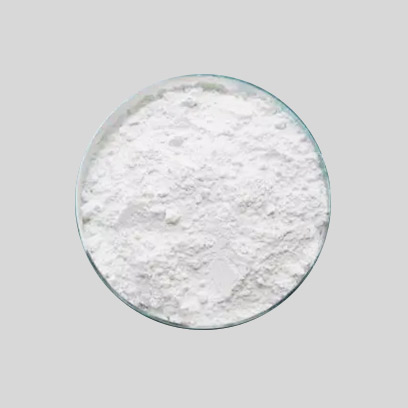Titanium dioxide (TiO2) is a widely used food contact materials in plastics, paper and ceramics. TiO2 not only provides ultra-white colour, it can protect foods, particularly those susceptible to light. For example, the use of TiO2 in packaging has been shown to effectively protect milk quality during an extended period of lighting exposure such as on shop shelves.
Rutile Titanium Dioxide R6618 High Scattering Power TiO2
Concerns have recently been raised about the safety of TiO2. In February 2020, the European Commission (EC) classified certain powder forms of TiO2 as a category 2 suspected carcinogen by the inhalation route, but in a judgment delivered on 23 November 2022, the General Court of the European Union has ruled that this was not the case, as there was no reliable evidence.
In January 2022, the European Commission adopted a Regulation removing the authorisation of E 171 as a food additive. E 171 is the E number for a specific grade of TiO2 used as a food additive, that is not normally used for food contact applications. It is important to note that there is no direct link between this updated regulation and to the use of TiO2 in food contact applications.
The removal of the authorisation followed the European Food Safety Authority (EFSA) opinion on E171 published 6 May 2021, which identified uncertainties about the scientific data, though it did not say that TiO2 was unsafe. Following this opinion, and taking account of the most recent studies, Health Canada, Food Standards Australia New Zealand (FSANZ), the United Kingdom Food Standards Agency (UK FSA) and the United States Food and Drug Administration (FDA) have all concluded that they do not have safety concerns for the use of TiO2 as a food additive and have allowed its continued use.
The European Commission has investigated revising the EU Regulation on plastic food contact materials to set a migration limit for TiO2 as a precautionary measure. The TDMA is working to understand the implications of a potential specific migration limit on TiO2. Meanwhile, the TDMA is investing in new studies on the safety of TiO2 in food contact materials, alongside its broader scientific programme. This is aimed at generating further data to confirm the safety of TiO2 and the TDMA remains confident that new evidence will continue to reaffirm the safety of TiO2 and its suitability for food contact materials.



